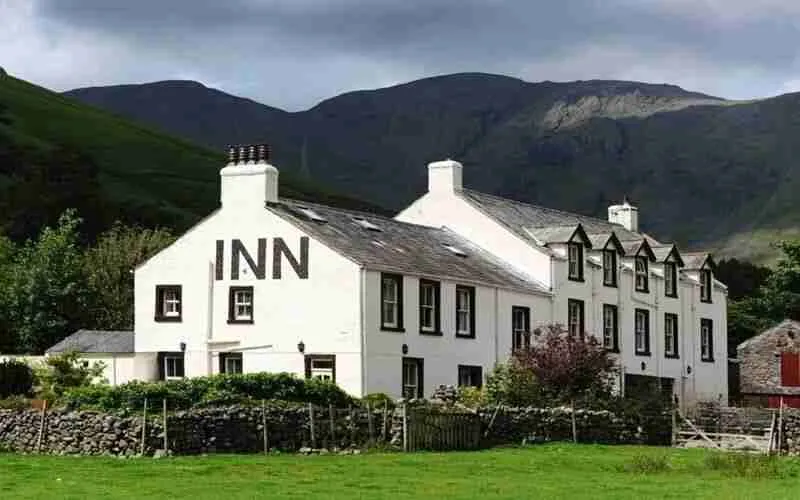
Have you come across this old occupation in a census return or register and wondered, What is an Innkeeper? In this article on old occupations, I will explore the definition of an innkeeper, the evolution of inns, and where you can find records on Scottish innkeepers.
So, what is an Innkeeper?
To begin with, lets start with the definition of an innkeeper. Historically, an innkeeper managed an inn, or pub, and they still do today! However, the inn was much more than just a place to drink. In fact, inns were central to community life, offering food, beds, and stables for horses, as well as spaces for meetings and auctions.

During the 18th century, alehouses were common establishments focused on serving ale or mead, often brewed on-site. However, more sophisticated inns, such as coaching inns and country inns, catered to a broader clientele and provided additional services.
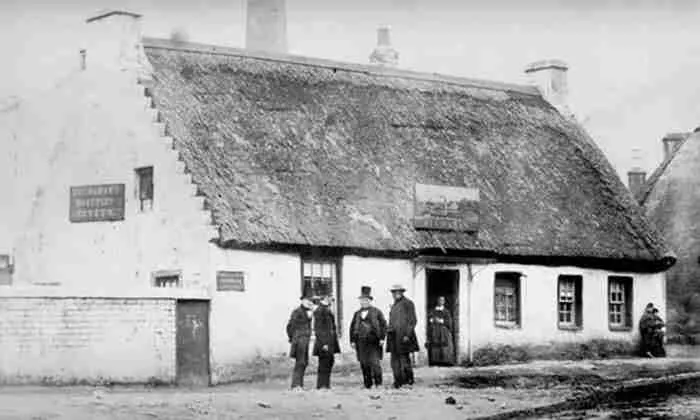
Interestingly, both men and women were innkeepers. In fact, women were often preferred for this role because they had a reputation to maintain order and resolve conflicts. A well-run, peaceful inn was highly valued, as it meant fewer problems for the landlord and the local community.
The Evolution of Scottish Inns
Regulation and Licensing
First of all, it is important to note that regulation played a significant role in the evolution of inns. From 1756 onwards, the Alehouse Act required anyone selling alcohol to obtain a licence from local authorities, usually a Justice of the Peace. This regulation aimed to reduce disorder and ensure quality standards within the trade.
Drovers and Drovers’ Inns
From the 18th century onwards, the Scottish economy relied heavily on cattle trade. As a result, drovers transported cattle across Scotland to markets, travelling long distances. They needed places to eat, drink, and rest along the way, leading to the establishment of “Drovers’ Inns.” Some of these inns still exist today, such as the haunted Drovers’ Inn near Loch Lomond.
Coaching Inns and Stagecoach Routes
As travel and trade increased, stagecoaches became a popular mode of transport. Consequently, coaching inns emerged along stagecoach routes to serve as rest stops for passengers and to provide fresh horses for the coaches.
These inns formed a vital network across Scotland, many of which remain in operation. For example, Kinross has several former coaching inns, including the Muirs, the Kirklands, the Salutation, and the Green Hotel.
Tourism and Romanticism
By the 19th century, the Highlands began attracting a new type of traveller: those from the more genteel classes. Inspired by romantic stories of Highland life by authors such as Sir Walter Scott, they came to enjoy Scotland’s wild beauty and scenery.
Inns in picturesque areas adapted to welcome these tourists, providing cosy lodgings and a warm welcome.
Finding Your Ancestral Innkeeper
If your ancestors were innkeepers, there are several records where you might find them. For example:
- Registers: Birth, marriage, and death registers will record occupations.
- Historic Post Office Directories: These often list innkeepers and their establishments.
- Valuation Rolls: These can identify property ownership or tenancy.
- Licensing Records: Located in archival centres, these are invaluable for understanding the social history of innkeepers.
- Census Returns: These provide details about occupation and place of residence.

- Newspapers: Look for advertisements, legal notices, or news stories mentioning inns.
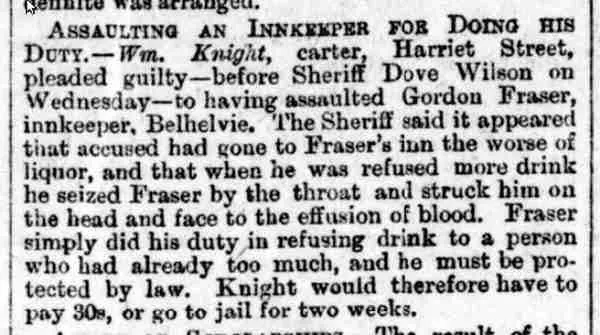
- Maps: Old maps frequently show the location of inns, particularly those located along major routes or towns.
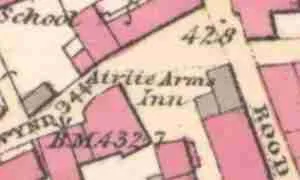
Share Your Stories
In answering the question, “What is an Innkeeper?”, we uncover an old occupation that served local communities and evolved over time.
Have you discovered an innkeeper in your family tree? If so, share your findings in the comments or get in touch.
Stay tuned for more insights into the lives of our ancestors and the roles they played in shaping their communities. In the meantime, check out my last article on an old occupation.
Thank you for joining me on another historical journey into an old occupation.
Please remember to leave a comment below and if you want me to write about an old occupation, then please let me know.
Good luck with your family history research.
Until my next post, haste ye back.
Enjoyed this post?
Keep up-to-date with my latest posts and tips below:
We hate SPAM & promise to keep your details safe.
You may also like...
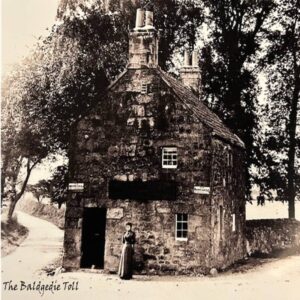
The Life of a Tollkeeper
A tollkeeper was a person who collected road fees from travellers. This old occupation was prominent during the 18th and 19th centuries.
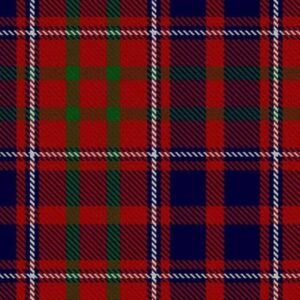
Cameron Surname: Origin, Meaning & History
The Cameron surname has Gaelic origins and it is associated with Clan Cameron, one of the most influential Highland clans.
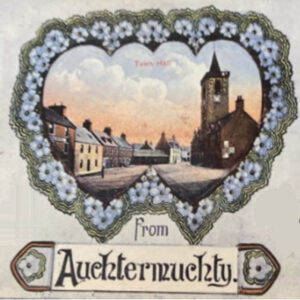
Ancestral Visit to Auchtermuchty, Fife
Auchtermuchty in Fife is known as Muchty to locals. What does Stratheden Whisky, Jimmy Shand and the Proclaimers have in common?
Lorem ipsum dolor sit amet, consectetur adipiscing elit. Ut elit tellus, luctus nec ullamcorper mattis, pulvinar dapibus leo.
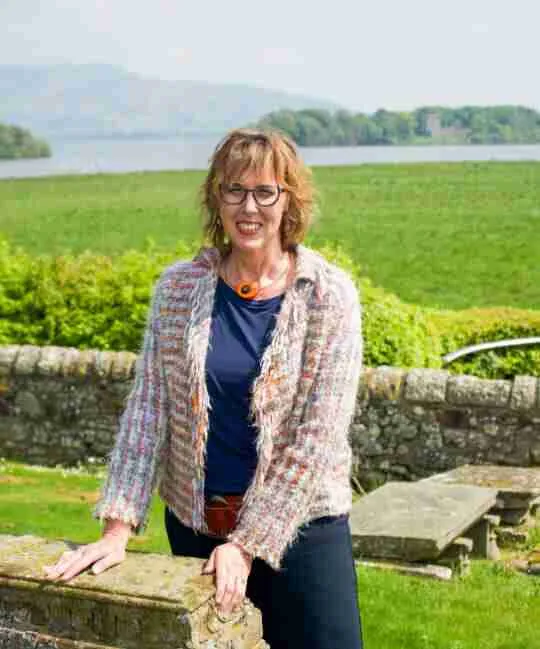
Hello Sarah, I enjoyed your article ‘What is an Innkeeper,’ can you please tell me the name of the Inn and its place in the beautiful opening photograph? You have given me food for thought as my great-grandfather kept an Inn, sadly the building is long gone.
Regards, Roy
Hello Roy
Pleased I was able to give you some food for thought. This image is from a Cumbrian Inn near Gosforth.
All the best
Sarah